¿Debe Contactar A Un Abogado de Lesiones Personales Si Estuvo En un Accidente?
¿Cuáles son Las Causas Principales de los Accidentes de Peatones y Cómo Puede Mantenerse Seguro?
What Are the Main Causes of Pedestrian Accidents and How You Can Stay Safe?
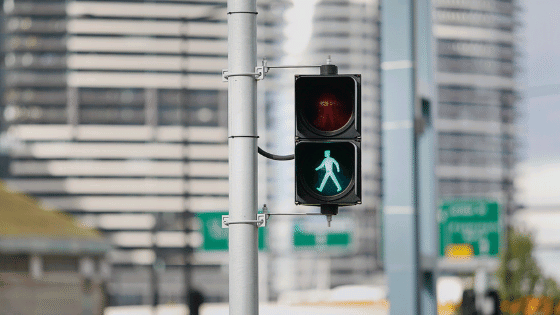
Contact Us for a Free Consultation
Whether you walk for leisure, as a means of transport, or both, walking has many benefits. It's good for our health, and it cuts back on pollution from cars. It's a healthy activity that serves both as exercise and a good way to lower your stress.
Unfortunately, pedestrians must share the roads with cars, trucks, and buses -- all of which are stronger and larger than the tissues, muscles, and bones that make up our bodies. Adding to this is the fact that distracted driving accounts for a large percentage of pedestrian-related accidents.
In 2016 there were close to 6,000 pedestrian deaths as a result of vehicle accidents according to the Centers for Disease Control. Every day, emergency rooms across the nation treat pedestrians suffering from their injuries.
No one deserves to get hit by a car, even if the person walking on the road engaged in something negligent. However, as a pedestrian accident attorney, I have seen many cases that could have been prevented by taking simple precautions.
While it might be inevitable to avoid pedestrian accidents altogether, there are certain things you can do to make sure you don't become one of the statistics. We will discuss some of the common causes of pedestrian accidents as well as what you can do to stay safe.
Using Your Cell Phones
Focus on the road and not your phone

Aside from drivers checking their phones, we are pretty sure you've seen pedestrians doing the same. When your attention is on your phone and not on the road, you increase the likelihood of getting struck by a car.
Texting doesn't apply just to drivers; it also applies to anyone who walks on the roads. So if you don't text and drive, make sure you don't text and walk, especially at a crosswalk.
Walking At Night
Make yourself visible
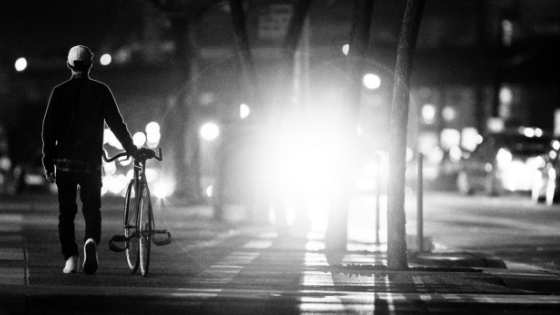
With less visibility at night for both drivers and pedestrians, the likelihood of an accident is higher. If you cannot avoid walking at night, make sure to make yourself visible by wearing bright clothing or having a flashlight. Avoid wearing dark clothing as it will make you less visible.
These precautions should also be taken during the day when weather conditions are poor such as during a storm or fog. For example, if it's raining, carry a bright-colored umbrella to make yourself more noticeable.
Not Using Designated Crosswalks
Cross where you’re supposed to cross
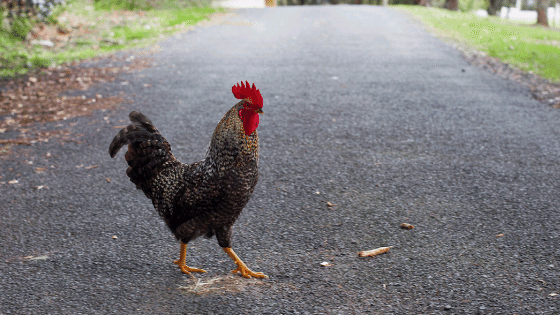
"Why did the chicken cross the road?" Or should we be asking, "why did the human cross the middle of a busy street?"
Not only is jaywalking illegal, but it's also extremely unsafe. Next time you consider crossing the street in an unmarked area, ask yourself if saving a little bit of time is worth your life? Cars are not prepared to stop in the middle of the road, and this is why we have designated crosswalks. Stay safe and use them!
Alcohol Use
Walk sober
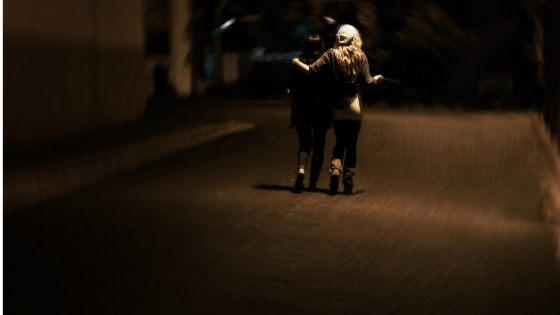
Drinking and driving are bad, but so is walking under the influence of alcohol or drugs. While drunk drivers are usually responsible for pedestrian-related accidents, pedestrians who are intoxicated can also put themselves in severe danger.
When we say drugs, we also mean prescription drugs you may have taken. If the prescription label says, "don't drive or operate heavy machinery," you may also want to include walking to this warning.
(As a side note, if you have elderly parents who enjoy a daily walk, be sure that they're not putting themselves in harm's way by walking while they're heavily medicated.)
Left-Hand Turns
Look out for drivers turning left
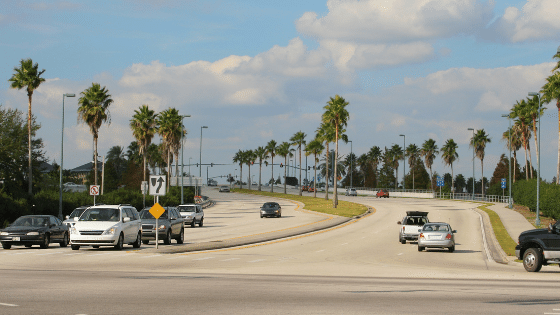
If you've ever cursed out the driver who takes a right turn just as you're crossing, this is not the one you should be most worried about. While it's easier to lock your angry stare at this person, be more careful of the driver turning left.
Pedestrian accidents are more likely to occur when vehicles make left turns. The reason is that both driver and pedestrian are both looking in different directions. Drivers check for cars going in the opposite direction so that they know when it's safe to make their turn. On the other hand, pedestrians usually check for vehicles turning right but not for those turning left. The left-turn driver and pedestrian are both unaware of each other's presence, and this creates a recipe for disaster.
Don't just check for vehicles turning right but also keep an eye for those turning left.
Electric Vehicles and Other Quiet Cars
Listen carefully
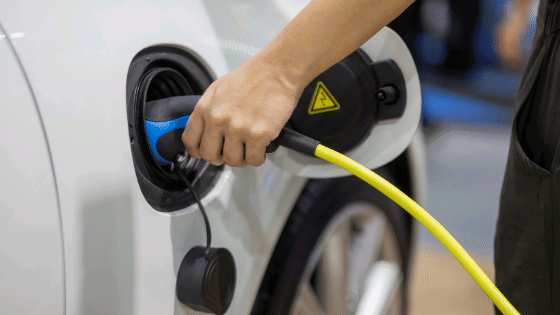
While hybrid and electric cars are better for the environment, their engines are much quieter than their gas-operated counterparts. The risk of getting struck by an electric or hybrid vehicle exponentially increases in quiet neighborhoods.
In reference to our first point, this is yet another reason why you shouldn't use your electronic devices when walking, especially if you have headphones on. If you do insist on listening to your favorite music or podcast, make sure to pause it at intersections so you can look and listen for other cars.
Don't become a victim of another driver's negligence or your own distractions. Following these tips will help you exercise reasonable care the next you take a stroll.
If you or someone you know was injured in a pedestrian accident, contact us for a free case evaluation.

